Hello and welcome to yet another Flavor Text and Lore article. Stay a while… And read about the story and lore behind the Druid Hero’s most notable cards, as well as some speculation about who could come to be his Hearthstone Alternate.
And have you checked out the main druid lore article? Here you go: Flavor Text and Lore: The Druid Hero, Malfurion Stormrage
The Druid as a Combat Caster
While most of the Hearthstone Druid decks’ key plays are based around creatures, it’s worth remembering that its World of Warcraft counterpart can also excel purely as a caster.
Balance Druids can take on an astral or moonkin form to wreak havoc upon the druid’s enemies, casting spells such as wrath. In this particular case the Hearthstone spell shares little more than the name with the World of Warcraft counterpart, which is a pure damage spell and as such, not nearly as valuable or versatile – it is simple a staple in the balance druid’s normal spell rotation.
The Balance Druid itself was originally appreciated for its moonkin form. The ability to transform into a moonkin was only granted to max level World of Warcraft druids that took a specific high-tier talent in the respective skill tree, and once thus transformed, they would award a rather generous spell damage bonus to all spell casters in their proximity – as represented in jungle-moonkin – making them a highly desirable presence in end-game raids.

Currently, the Moonkin form is available to all Balance Druids from early on, and to this day its presence is a boon to casters, though other classes can now offer the same benefits via their own auras.
Speaking of raid utility, it is worth mentioning that no class was more requested in the end-game World of Warcraft raiding parties than the Restoration Druid, mostly because of innervate. This spell was a game winner, as many boss battles were attrition fights were healers were frequently drained keeping the raid alive, and few classes had mana recovering abilities.
In fact, just like early World of Warcraft paladins often resented being brought to raids specifically for their ability to buff players with blessing-of-kings and blessing-of-might, so too did Restoration Druids often feel under appreciated as anything other than innervate dispensers.

Ultimately, mana regeneration became less of an issue as the game evolved, so Restoration Druids started being valued more for their actual healing contribution rather than for their “utility” abilities.
In the meantime, the completely different mark-of-the-wild is still a staple and the druid’s “main” buff ability. In World of Warcraft, it buffs a plethora of stats, just as blessing-of-kings, and no self-respecting druid wanders about without having it up.
Much less used in World of Warcraft is one of the Hearthstone Druid’s darlings, force-of-nature. Mostly unchanged in form and purpose since the early Warcraft III debut, the short life-span of the treants revealed itself considerably less useful on the Massive Multiplayer Online Role Playing Game, where fights tend to either drag on for far longer or be finished much quicker. It’s a good thing that the spell found a home in the Druid combo decks.

Finally, I would be remiss if I didn’t mentiondark-whispers once more. While not a very popular card, it represents one of the single most important events in Warcraft’s history: the Druid Hero Malfurion Stormrage’s final blow to the Burning Legion’s commander, the Eredar Lord Archimonde. As Malfurion blew on the Horn of cenarius, a host of empowered wisps materialized and struck down the eredar Lord. Why? How? As the flavor text hints at: “If you hit an Eredar Lord with enough Wisps, it will explode. But why?”
Yeah. No-one really knows. In game terms, the original, Warcraft III wisp could detonate, dealing a good amount of damage to summoned units, such as the mage’s water-elemental or the Warlock’s succubus. One could speculate, then, that as Archimonde is a demon and, therefore, not originally of this world, he would count as “summoned”.
The Call of the Wild
Despite their great abilities as casters that draw upon the natural energies of the world, druids more often than not opt to master the arts of nature in a different way, learning how to fight and protect allies in their shapeshifted animal forms.
Such is the case of the druid-of-the-claw, who better represents the two paths one such druid can choose in World of Warcraft: the path of the Guardian, transforming into a bear with Warrior abilities, or the path of Feral Combat, transforming into a panther with rogue-like abilities.
Many druid minions in Hearthstone are based around this shapeshifting concept, a natural fit for crafting cards that allow for two different usage options. But as far as historically significant druid spells go, there are two worth mentioning above all.

One of these is swipe, which if anything is more devastating in World of Warcraft than its Hearthstone counterpart, dealing a massive amount of damage to the enemies in front of the Cat Druid, and even more so to the enemies that were left bleeding by previous attacks. It’s likely that the Hearthstone spell was changed from a massive AoE to its present state simply to add more variety to the game.
I think it’s fair to say that the current most favored Hearthstone Druid card is savage-roar, itself an essential World of Warcraft ability. Without getting too deep into World of Warcraft rogue mechanics, this is an ability that any good feral druid will keep active for most of the fight, as it provides each and every attack with an immense damage boost.
Ironically, its categorization as a “finisher” spell is much more applicable to the Hearthstone version, which usually determines the opponent’s defeat.
The Ancients
If you’ve ever wondered why the Druid gets to play with such meaty, versatile minions as ancient-of-war and ancient-of-lore, well, there’s actually a very mechanics-driven historical reason.
These units premiered in Warcraft III and were actually one of the defining characteristics of the Night Elf faction: they were buildings that could either act as such, producing units and unit upgrades, or uproot themselves and become offensive and defensive units in their own right.
ancient-of-war is the backbone of the Night Elves’ faction army building effort, responsive for the training of archers and huntresses among others, while ancient-of-lore produces druids, dryads and the good, old mountain-giant.

Probably more importantly, the mobility and toughness of the ancients gave rise to the alternate custom multiplayer game mode dubbed “Defense of the Ancients”, where players of the real time strategy title had to destroy the opposing ancient as a victory condition, while defending their own. This eventually originated to the now dominating “DOTA” multiplayer genre, recently rechristened “MOBA”.
So these ancients are actually not just a part of Warcraft history, they are rightfully a part of video game history.
The Druidic Gods
Although both faithful and respectful of the Night Elven moon-goddess Elune, Druids revere nature as a faith in itself, and many are taken into worshiping those who, in some fashion, are living incarnations of nature.
Such is the case with cenarius, the Lord of the Forest.
One with nature and, it is said, in some way related to many of the humanoid races in Kalimdor, including the night elves themselves, the woodland god is offspring to the creator and maintainer of nature, malorne the White Stag, and Elune herself.
![]()
Being somewhat of an adoptive son to ysera, cenarius is deeply loved by all who love nature, and he loves and worships nature as well. He is a kind, humble soul and often shows dismay at the reverence the night elves pile on him, preferring to treat them as kin, so long as they are respectful of the natural world.
He has been somewhat of a protean figure in Warcraft lore, teaching Malfurion the ways of the druid before any other living being, in effect granting him the honor and responsibility of becoming the first druid, an honor that was refused by Malfurion’s brother illidan-stormrage, who felt the druid ways were not suited to his disposition – something cenarius himself agreed with – and key to the first defeat of the Burning Legion.
To this day, cenarius’s death in battle against the Horde hero grommash-hellscream is marked as a dark day in the quest for interracial peace in Azeroth, especially because many within the horde still celebrate and glorify the one among them who had the strength and tenacity to kill a God, revering him as a legend.

That cenarius was eventually reborn after over a decade wandering ysera’s Emerald Dream did little to lessen the Night Elves’ hatred for the Orcish race, even though cenarius himself would show nothing but kindness toward any orc who showed proper respect for the land.
He has “fathered” several humanoid races, such as the dryads and keepers such as keeper-of-the-groove, but it is unclear if he fathered them in a traditional sense, or if he simply transformed willing night elves into these forms.
As for his father malorne, he remains largely unexplored in Warcraft lore, mostly talked about in regards to his part and ultimate sacrifice during the Burning Legion’s first invasion of Azeroth, over ten thousand years ago – what is now known as “The War of the Ancients”. The White Stag bravely fought Archimonde himself, but was ultimately defeated and killed by the Eredar Lord.

As a spirit of nature, however, death is grave but not insurmountable, and although it took over ten thousand years, eventually Malfurion, with some help from World of Warcraft players, was able to revive his mentor’s sire, and malorne played once again a part in the defense of Azeroth, this time against deathwing’s forces and a much happier ending for the nature God.
Much the same happened with aviana, herself also a casualty of the War of the Ancients summoned back to life by the World of Warcraft players in their efforts to defeat deathwing during the Cataclysm.
A powerful demi-goddess in her own right, aviana is the mistress of the sky, wind and the flying races, and the harpies are said to be her fallen daughters.
Malfurion’s Tauren Alternate
The problem of having such a revered character as Malfurion take such a central stand in the lore – in effect, being the first druid is a pretty big credential – is that it is really hard to find someone who could equate him in the task of being a Hearthstone Hero.
Some could point out Broll Bearmantle as a possible alternate – after all, the Rogue Hero Valeera Sanguinar was introduced in the comic books at the same time as him, and Broll has participated in many more lore-spawning events than the blood elf rogue.
But I would be remiss in not mentioning Hamuul Runetotem, as he would seem a more fitting choice, the Tauren being sorely underrepresented in Hearthstone.
Hamuul was Malfurion’s apprentice, having come to him to learn the ways of Druidism in the aftermath of the Third War, and then spreading the knowledge he earned among his people. History is a bit muddy concerning the Tauren and Druidism – there are hints that at one point the Tauren had knowledge of the druidic arts, but for some unknown reason they abandoned them in the favor of shamanism.
While the references are unclear, it is possible that cenarius taught the Tauren the arts as well, since he did not discriminate between the living races. Regardless, this much is known: if Hamull is not the first Tauren druid, then he is the first in many generations to wield the druidic arts.
As Malfurion’s protegeé, and much to the chagrin of more conservative night elf druids, Hamuul paved the way for Tauren to be accepted among the Cenarion Circle, up until then a loose coalition of exclusively night elf druids who sought to protect nature and the balance of Azeroth.

He is currently resides in the Tauren capital of Thunder Bluff, having taken the title of Archdruid, and gives counsel to the current Tauren Chieftain, baine-bloodhoof.
Conclusion
This concludes our long journey through Warcraft – and consequently, Hearthstone – Lore, at least where the Heroes are concerned.
I realize that there are some neutral cards, and other subjects, that still have interesting stories to tell, and so you can look forward to some more complimentary lore articles in the near future.
Until then, if there is some card or event that you feel would benefit from further lore exploration, please let me know in the comments!




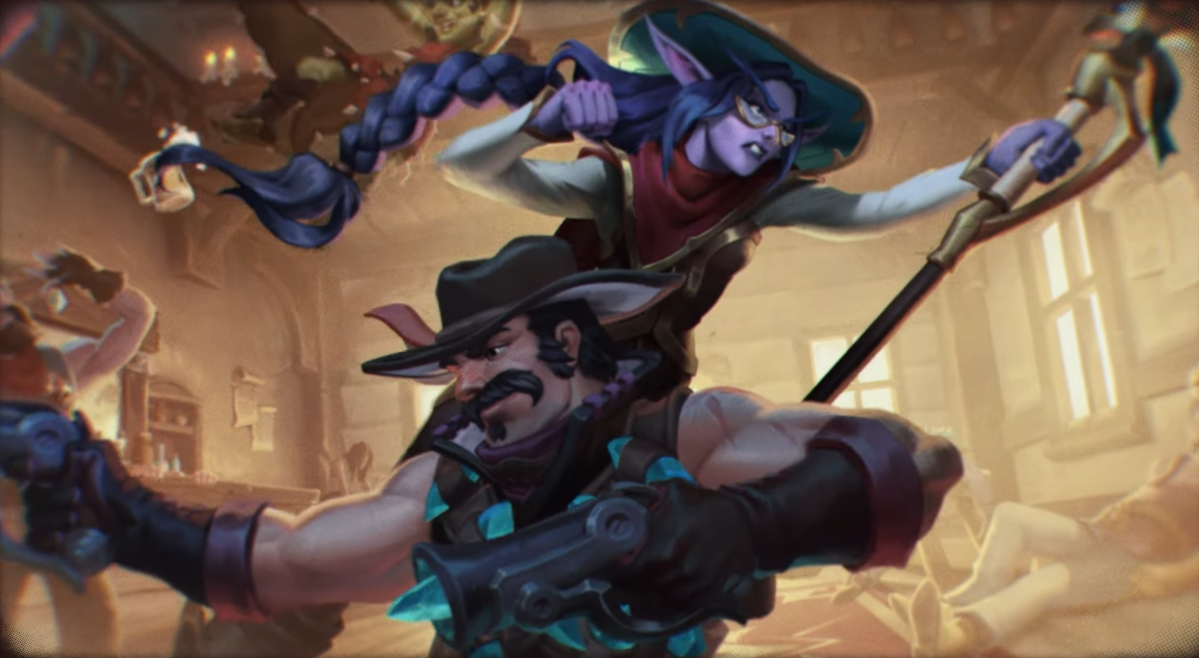
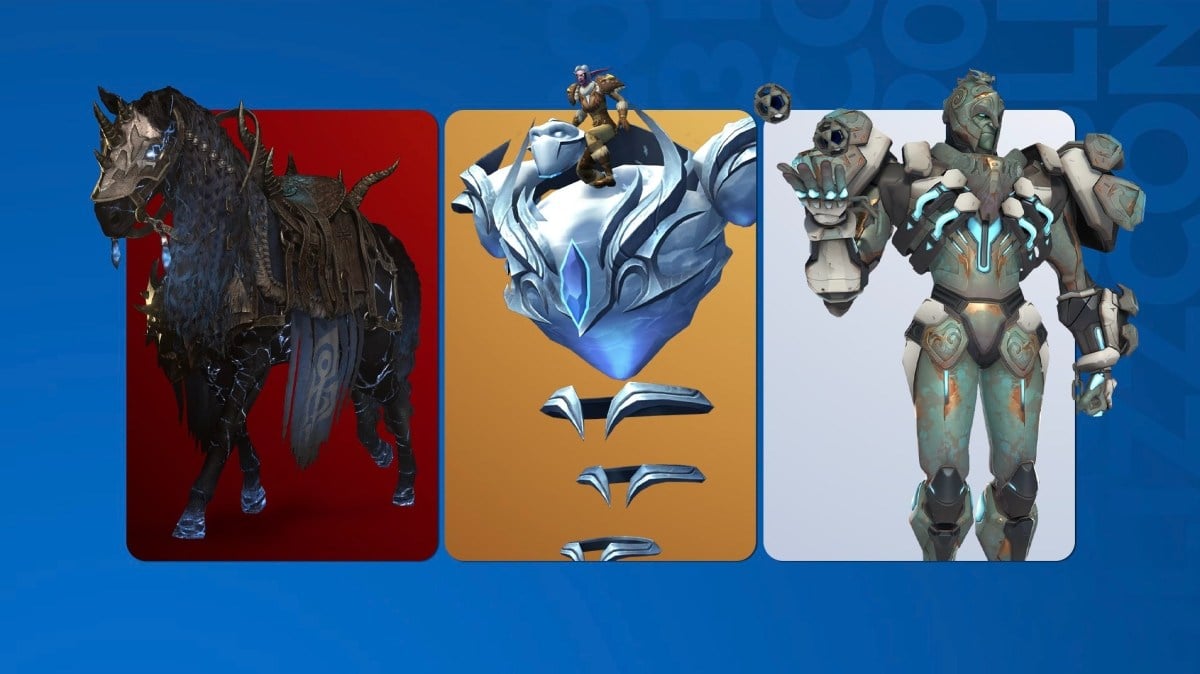

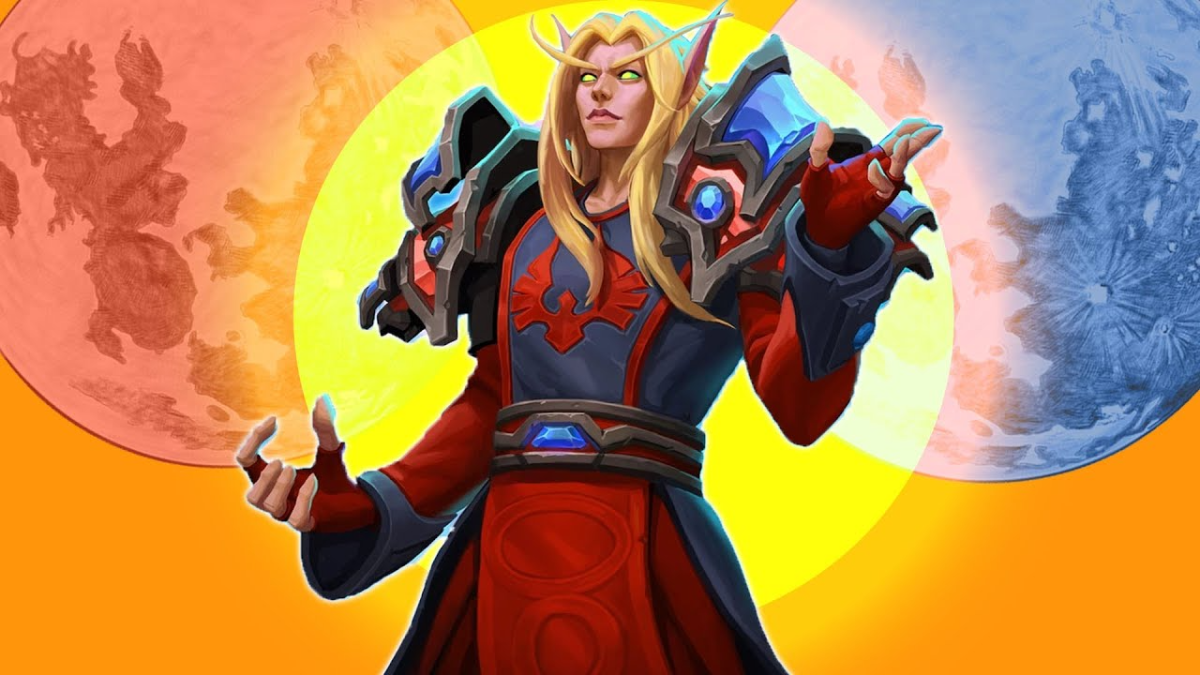
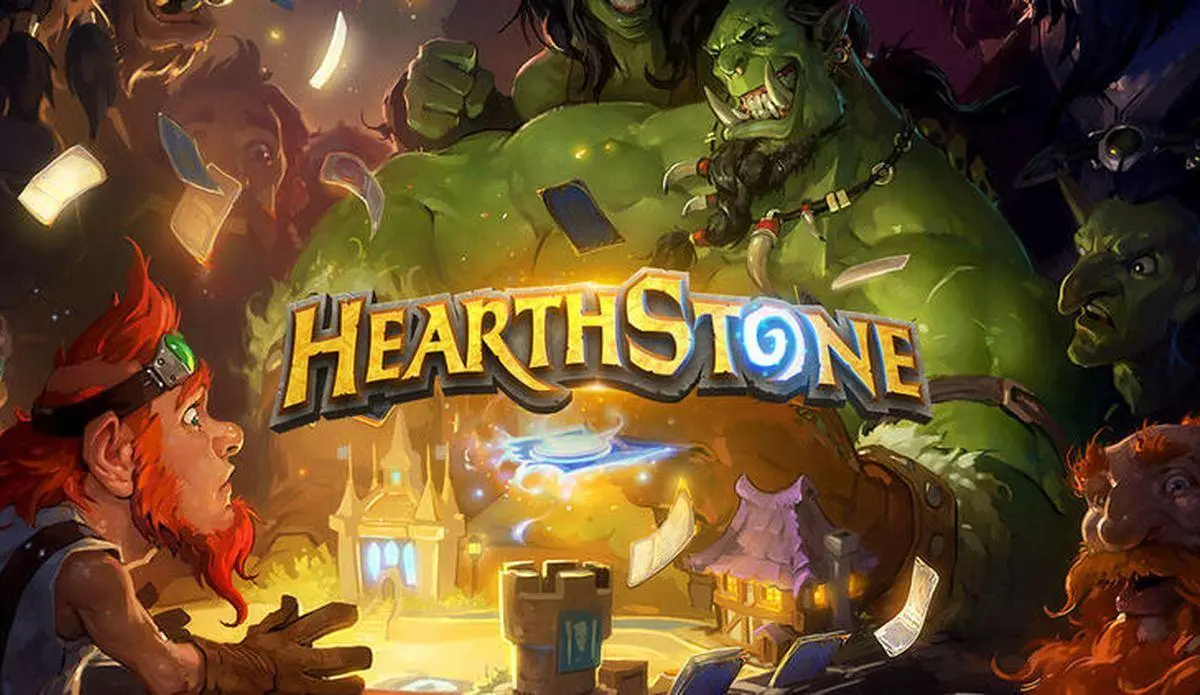
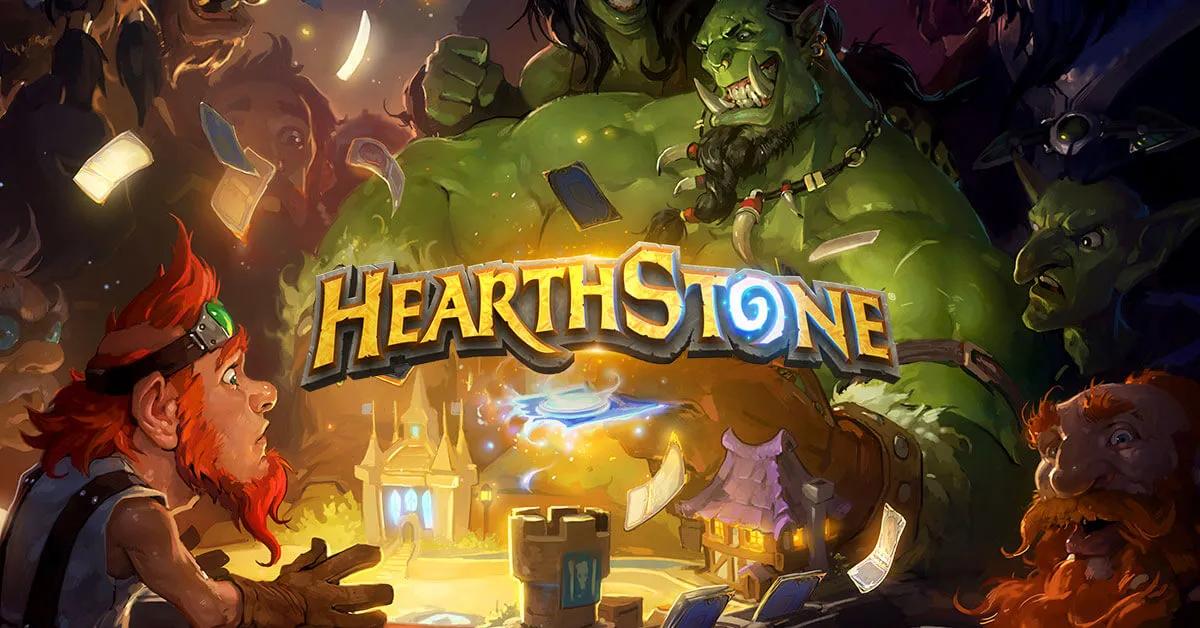



Published: Jan 21, 2016 5:12 PM UTC